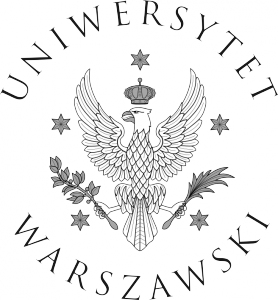Dziekan Wydziału Chemii Uniwersytetu Warszawskiego zaprasza na SEMINARIUM WYDZIAŁOWE
25 stycznia 2017 (środa), o 16:00,
w Sali Starej Biblioteki (I p.)
Prof. CHRISTIAN JELSCH
(Laboratoire Cristallographie Resonance Magnetique et Modelisations, Universite de Lorraine, Nancy, France)
wygłosi wykład pt.:
„Advanced charge density analysis & molecular recognition rules in crystals and biological macromolecules”
Abstract wykładu:
The charge density analysis methodology has been extended from small molecules to biological macromolecules like proteins through the use of the electron density databases. The software MoProSuite uses the multipolar atom model of Hansen & Coppens but offers also alternative modelling with dummy bond scatterers. An overview of the software functionalities will be given. Examples of protein crystals (crambin, aldose reductase, cholesterol oxidase, fatty acid binding protein) diffracting at ultra-high resolution will be exemplified. Multipolar modelling of the atoms electron density enables accurate computation of electrostatic energy in crystals of small molecules crystals and protein/ligand complexes. Unlike the atomic point charges approximation, the integration procedure takes into account the penetration energy, which is essential in short distance interactions. The impact of multipolar charge density on understanding molecular interactions, notably hydrogen bonds, will be discussed.
The contact enrichment descriptor yields information on the propensity of chemical species to form intermolecular interactions with themselves and other species. The enrichment ratio is obtained by comparing the actual contact surfaces in the crystal with those computed as if all types of contacts had the same probability to form. Crystals structures of halogenated and oxygenated (alcohols, phenols, esters, ketones …) families of compounds from the Cambridge Structural Database were extensively analyzed. It was found in several cases that, in the presence of several oxygenated chemical groups, cross-interactions between different chemical groups (e.g. water/alcohols; alcohols/phenols) are often favored in the crystal packings. The outlier compounds are instructive as they display peculiar or rare features. The methodology allows also detecting outliers which can be structures with errors.

